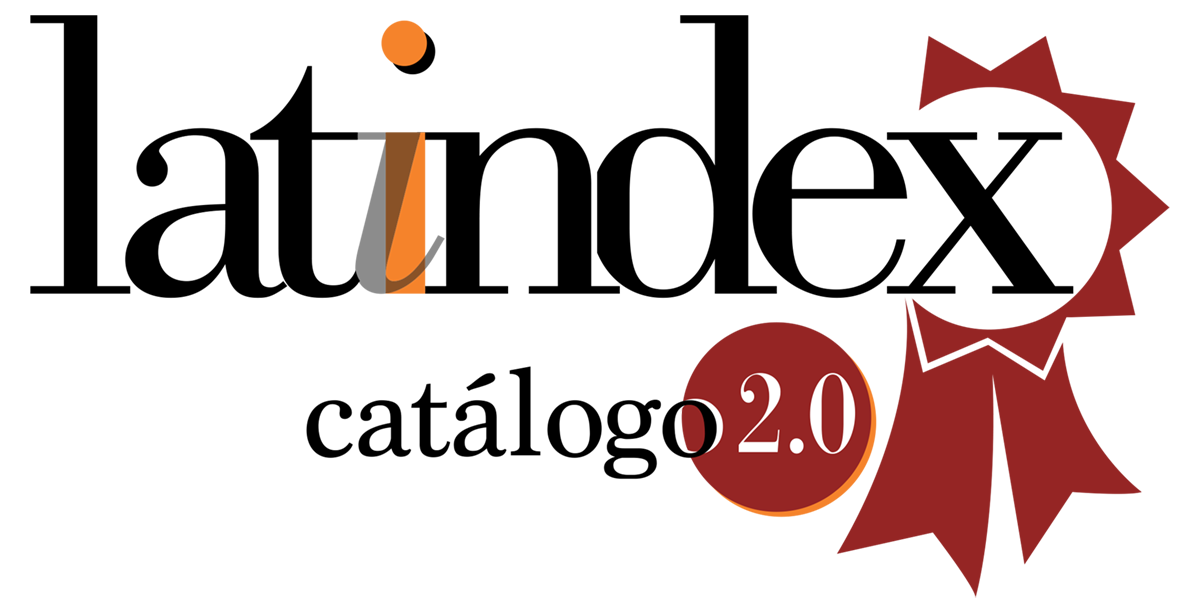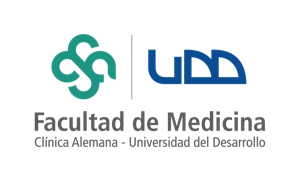Support to an organization that provides assistance to functionaries in the role of caregiver: Intervention Design
DOI:
https://doi.org/10.52611/confluencia.2025.1150Keywords:
Caregivers, Community health nursing, Self care, Community-institutional relationAbstract
Introduction: Chile is an aging country where chronic diseases and cognitive impairment have been on the rise. Therefore, in order to accompany the process that an illness entails, a family member assumes the role of caregiver, which in most cases is usually female. Objectives: To support the organization in the contact with the community. Methodology: The PRECEDE-PROCEED Model was applied in the development of interventions in the first instance, to assess and subsequently implement an intervention according to the participatory diagnosis of the community under study. The research was carried out through semi-structured interviews together with a Google Form sent by institutional mail with a series of questions oriented to the participation of community activities. Result and Discussion: Through the accounts obtained from community participants, the three key elements of social cohesion were identified, in addition to broadening the view from the perspective of Bronfenbrenner's Ecological Model, specifically on how the environment interacts with the individual and the gender perspective that is given to the role of caregiver. Conclusion: The objectives set at the beginning of the project were achieved and presented to the organization according to the results obtained by contacting the community.
Downloads
References
Cafagna G, Aranco N, Ibarrarán P, Medellín N, Oliveri ML, Stampini M. Envejecer con cuidado: atención a la dependencia en América Latina y el Caribe [Internet]. Washington: Banco Interamericano de Desarrollo; 2019 [citado el 13 de mayo 2024]. Disponible en: http://dx.doi.org/10.18235/0001972
Pontificia Universidad Católica de Chile: El envejecimiento poblacional en Chile y los múltiples desafíos que debemos enfrentar. Chile: UC Noticias; 2023 [citado el 13 de mayo 2024]. Disponible en: https://www.uc.cl/noticias/el-envejecimiento-poblacional-en-chile-y-los-multiples-desafios-que-debemos-enfrentar/
Barrera L, Pinto N, Sánchez B, Mabel G y Chaparro L. Cuidando a los cuidadores: familiares de personas con enfermedad crónica [Internet]. Bogotá: Universidad Nacional de Colombia; 2010 [citado el 13 de mayo 2024]. 360 p. Disponible en: https://repositorio.unal.edu.co/bitstream/handle/unal/82738/9789587193916.pdf?sequence=2
Herrera-López LM, Alcayaga-Rojas C, Torres-Hidalgo M, Funk-Buntemeyer R, Bustamante-Troncoso C, Riquelme-Hernández G et al. Programa de apoyo al trabajador-cuidador familiar: fenómeno social emergente. Aquichan [Internet]. 2014 [citado el 13 de mayo 2024];14(3):430-9. Disponible en: https://doi.org/10.5294/aqui.2014.14.3.12
Organización Panamericana de la Salud y Banco Interamericano de Desarrollo. La situación de los cuidados a largo plazo en América Latina y el Caribe [Internet]. Washington: OPS; 2023 [citado el 13 de mayo 2024]. Disponible en: https://doi.org/10.37774/9789275326879
Caja de Herramientas Comunitarias, Capitulo 2: PRECEDER/PROCEDER. [Internet]. Kansas: Centro para la Salud y Desarrollo Comunitario; 1994-2023 [citado el 13 de mayo 2024]. Disponible en: https://ctb.ku.edu/es/tabla-de-contenidos/vision-general/modelos-de-desarrollo-para-la-salud-en-la-comunidad/PRECEDER-PROCEDER/principal
García J, Owen E, Flores L. Aplicación del modelo Precede-Procede para el diseño de un programa de educación en salud [Internet]. 2005 [citado el 13 de mayo 2024];15(1):135-51. Disponible en: https://doi.org/10.25009/pys.v15i1.831
La Iniciativa de Comunicación. Modelo Precede-Procede [Internet]. Bogotá: La Iniciativa de Comunicación; 2005 [citado el 14 de mayo 2024]. Disponible en: https://www.comminit.com/la/node/192683
Comisión Económica para América Latina. Cohesión social: inclusión y sentido de pertenencia en América Latina y el Caribe [Internet]. Santiago: Comisión Económica para América Latina; 2007 [citado el 17 de mayo 2024]. Disponible en: https://repositorio.cepal.org/server/api/core/bitstreams/1e3b997b-2ec9-49be-903a-0ef9b797d5a8/content
De la Fuente P. Cohesión Social con enfoque de género, clave para reducir las desigualdades [Internet]. Madrid: EUROsociAL; 2021 [citado el 17 de mayo 2024]. Disponible en: https://eurosocial.eu/wp-content/uploads/2021/05/PLAN-DE-ACCION_COHESION-SOCIAL-Y-GENERO_1.pdf
Tironi E, Sorj B. Cohesión Social en América Latina: un marco de investigación. Pensamiento iberoamericano [Internet]. 2007 [citado el 17 de mayo 2024]. Disponible en: https://dialnet.unirioja.es/descarga/articulo/2873188.pdf
Bronfenbrenner U. La Ecología del Desarrollo Humano [Internet]. Cambridge: Harvard University Press; 1987 [citado el 14 de mayo 2024]. Disponible en: https://bibliotecadigital.mineduc.cl/handle/20.500.12365/18032
Álvarez-Carneros P. La Teoría Ecológica de Urie Bronfenbrenner [Internet]. Barcelona: Portal Psicología y Mente; 2023 [citado el 14 de mayo 2024]. Disponible en: https://psicologiaymente.com/desarrollo/teoria-ecologica-bronfenbrenner
Bravo-Andrade H, Ruvalcaba-Romero N, Orozco-Solis M, González-Gaxiola Y, Hernández-Paz M. Introducción al Modelo Ecológico del Desarrollo Humano [Internet]. Guadalajara: Universidad de Guadalajara; 2018 [citado el 15 de mayo 2024]. Disponible en: https://www.researchgate.net/publication/328584009_Introduccion_al_modelo_ecologico_del_desarrollo_humano
Torrico-Linares E, Santín-Vilariño C, Andrés-Villas M, Menéndez-Álvarez-Dardet S, López-López M. El modelo ecológico de Bronfenbrenner como marco teórico de la Psicooncología. An Psicol [Internet]. 2002 [citado el 16 de mayo 2024];18(1):45-59. Disponible en: https://www.um.es/analesps/v18/v18_1/03-18_1.pdf
Green LW, Kreuter M. Health Promotion Planning: An Educational and Ecological Approach. 4th ed. New York: McGraw-Hill; 2004. 458 p.
Subsecretaria de Redes Asistenciales. Promoción de Salud [Internet]. Santiago: Subsecretaria de Redes Asistenciales; 2016 [citado el 14 de mayo 2024]. Disponible en: https://www.minsal.cl/wp-content/uploads/2016/09/1_PROMOCION-DE-SALUD.pdf
Gómez-Mengelberg E. Un recorrido histórico del concepto de salud y calidad de vida a través de los documentos de la OMS. TOG [Internet]. 2009 [citado el 13 de mayo 20204];6(9):10. Disponible en: https://www.revistatog.com/num9/pdfs/original2.pdf
Downloads
Published
How to Cite
Issue
Section
License
Copyright (c) 2025 Revista Confluencia

This work is licensed under a Creative Commons Attribution-NonCommercial-NoDerivatives 4.0 International License.









